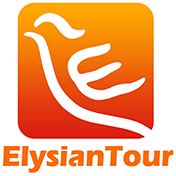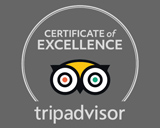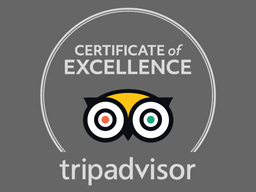How to Plan a Trip to Tibet
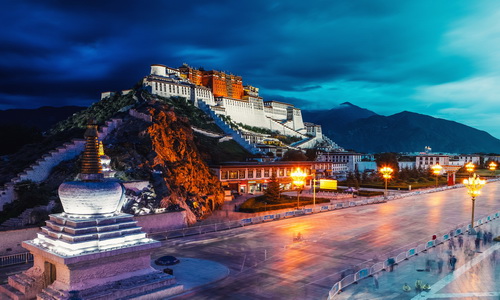
Tibet Travel Permit is a must for foreign travelers entering Tibet Autonomous Region (TAR), and the only way to get one is to book an organized tour with a licensed travel agency in China that will assist you to apply for it in advance. Technically, it is scarcely possible for non-Chinese citizens to travel independently in Tibet, and no travel agency could offer you permit-only service. Besides, there are many other restricted areas like Ngari Prefecture and Nyingchi requiring extra permits, which can be obtained through your travel agency only, too. If you book a Tibet tour with Elysian Tour, we would help you to handle the application procedures and arrange a well-organized tour based on your interests.
Unarguably, the best time to visit Tibet is from April to October, which is also the busiest travel season. The weather is mild and temperate in most tourist areas, such as Lhasa and Shigatse, neither too hot nor too cold, and you would be rewarded with the best views of Tibet during this period. April is the best time to visit Nyingchi area to have a glimpse of the breathtaking peach blossom, seas of flowers and light green valleys. The rainy season lasts from July to August, but it is okay to sight-see around Lhasa and central Tibet, and you could catch a lot of traditional Tibetan Festivals such as Shoton Festival and Ganden Thangka Festival. November to December is the winter of Tibet, chilly, dry and windy, while it is still worthy of going concerning less tourist crowds and lower prices.
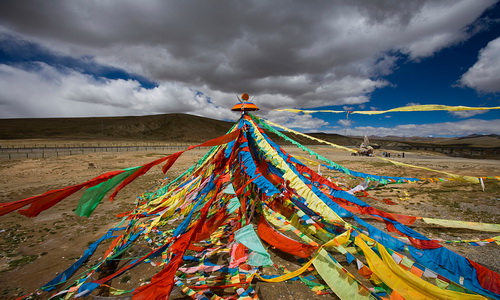
Please note Tibet is closed for non-Chinese citizens from Chinese Lunar New Year (usually from Febraruray) to the end of March, and Tibet Travel Permit is not issued so it cannot be applied and obtained during this period.
Potala Palace: Towering over the world’s rooftop, Potala Palace is considered as the symbol of Tibet. It has been the residential place for Dalai Lamas for generations, which fully demonstrates the glorious history, culture, religion, architecture and art of Tibet.
Barkhor Street: Barkhor Street is utterly the most bustling and prosperous street in Lhasa. Clustered with Tibetan-style restaurants, shops and folk residences, the street is a lovely place to amble around to have an authentic taste of Tibetan local life.
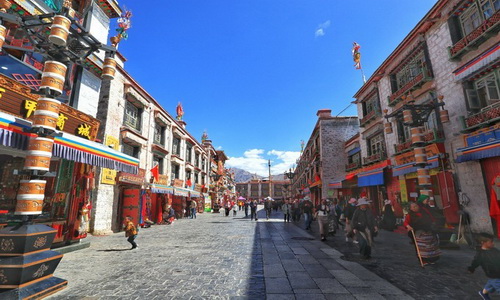
Jokhang Monastery: Regarded as the spiritual center of Tibetan Buddhism, Jokhang Monastery appeals to hundreds of followers daily to practice their pilgrimages. It is common to see a flow of pilgrims prostrating down on the ground to move to the entrance of the temple.
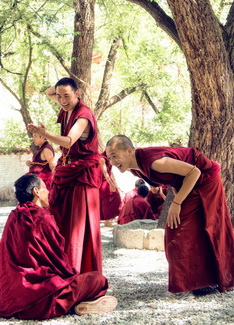
Drepung Monastery: It is the largest-in-scale Buddhist monastery in Tibet, where a splendid thangka unveiling ceremony could be watched during the Shoton Festival.
Sera Monastery: As one of the three holiest temples in Tibet, Sera Monastery is famous for the lively monk debating on Buddhist scriptures, a religious tradition for hundreds of years.
Norbulingka: Known as the Jewel Garden in Tibetan, Norbulingka is the summer residence of the Dalai Lamas, housing exquisite traditional Tibetan building complex, rare flora and stunning lakes.
Yamdrok Lake: It is a sacred alpine lake of breathtaking turquoise waters inlaid in the steppe and surrounded by snow-caped mountains. Its charm is best viewed from a distance by the S307 pass, where you can capture a panoramic view of the entire lake.
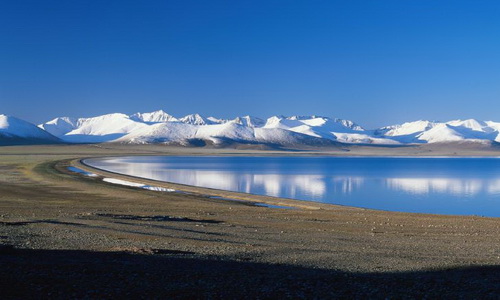
Mt. Everest: With a striking elevation of 8,844 meters, Mount Everest in the Himalayas is the highest mountain in the world. Conquering the peak is definitely challenging, but it is easy to catch its splendor by making a visit to the Everest Base Camp.
- By Air
- By Train
- Highway
Over 90% foreign travelers choose to take a flight to land Tibet as it is the fastest and easiest way. Currently, Tibet is accessible from many domestic cities through airline, such as Beijing, Shanghai, Xian, Chengdu, Chongqing, Kunming, Shangri-la, and Guangzhou as well as international city like Kathmandu (capital of Nepal).
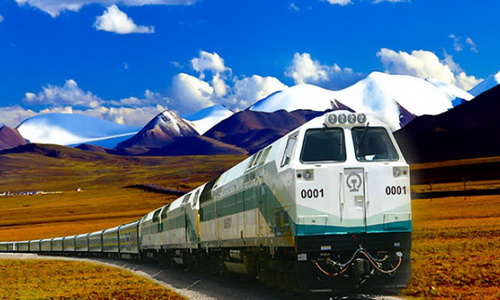
You could also opt for a show-going soft sleeper overnight train to reach Lhasa. Qianghai-Tibet Railway operates trains from Xining to Lhasa, which could be connected from many cities including Beijing, Xian, Chengdu, Shanghai and Guangzhou. The duration of the train ride may span more than 40 hours on the way, but it is a popular option for many travelers because of two bonuses, the gorgeous scenery (gobi desert, grassland, snow-capped mountains and alpine lakes) along the way and steady acclimation to the high elevation to lessen the mountain sickness.
From Shangri-La, Chengdu and Xining, long-distance buses are in service. However, they are not recommended as the travel time is rather long and it is a bit risky by highway especially in rainy seasons.
For most travelers, a tour of 4 days is enough to sight-see all the highlights of Lhasa including the magnificent Potala Palace, three holy Tibetan Buddhist monasteries and the exotic Barkhor Street. One or two additional days are needed if you want to get a glimpse of picturesque holy Yamdrok Lake and explore more culture heritages of Tibetan Buddhism in Gyangtse and Shigatse. For hiking and mountaineering lovers, a trip with a length up to 8-12 days is recommended to cover the stunners like the Everest Base Camp, Lake Manasarovar and Mount Kailash, which could be reached by a long vehicle journey only from Lhasa City.
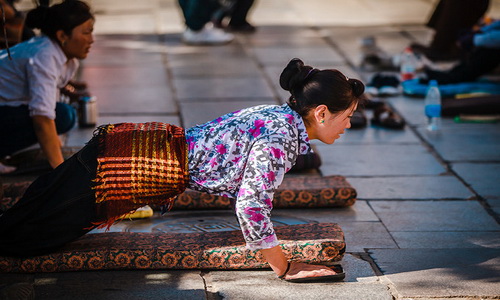
Read about our perfectly designed tours for more inspiration to plan your lifetime Tibet trip.
5-Day Classic Lhasa Exploration with Yamdrok Lake
8-Day Tibet Exploration with Everest Base Camp
Clothes & Wears: You need to pack warm clothes of layers (down jacket, overcoat, woolen sweaters and thick pants) to cope with the dramatic air temperature difference between day and night as well as highland and lowland. A pair of waterproof and anti-skid shoes are needed if you are going to do some hiking in Tibet.
Medicine: Altitude sickness could happen to any travelers, so do take some medicines in case. You may also need to prepare medicines beforehand for common sicknesses such as cold, headache, fever, allergies and diarrhea.
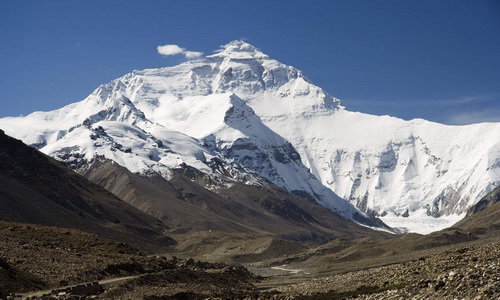
Skin Protection Stuff: Sunglasses, hats and sunscreens are necessary to avoid sunburn and exposure to strong ultraviolet ray. It is usually dry and windy on the high plateau, so take cream and lip balm for moisture.
Toiletries: You need to pack your own toiletries as they are not provided in most toilets and restrooms, especially in some remote areas. Pack wet tissues and sanitizer, too.
Perched on the roof of the world, Tibet is endowed with a remarkable average elevation of 4,500 meters. Lhasa gets a relatively low altitude of 3,500 meters compared to the rest of Tibet. Altitude sickness is common among all the travelers and hard to be avoided, particularly for travelers accustomed to low land. On account of 30% less oxygen, you may suffer from symptoms like headache, dizziness, tiredness and shortness of breath. It takes a couple of days to acclimate the elevation. You could relieve the discomfort by taking mountain sickness medicine before departure and avoiding strenuous exercise. It is unadvisable to take a shower in the first two days after arrival in case of catching a cold. People with heart disease are not advised to visit Ngari, the highest regions in west Tibet.
Tibetan New Year: It is the most significant festival observed in entire Tibet, which is usually celebrated by cleaning, dancing, singing, wrestling and horse racing. The celebration lasts for 15 days long.
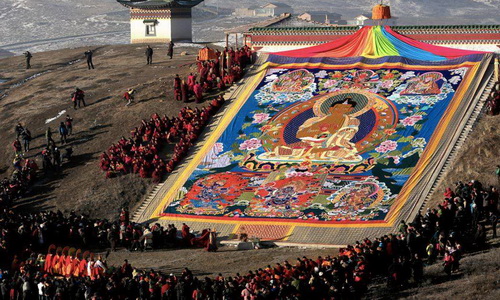
Shoton Festival: Shoton Festival is the second largest traditional festival of Tibet. People would enjoy yogurt, picnics and Tibetan opera together on this day. Besides, there are splendid unveiling ceremonies of giant thangka with Buddha images held in Drepung Monastery and Sera Monastery.
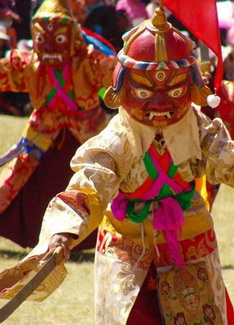
Butter Lamp Festival: Tibetan people celebrate the festival by singing and dancing throughout the whole night, with streets and monasteries lit brightly by thousands of butter lamps. The best place to experience the festival is the Barkhor Street.
Saga Dawa Festival: It is said to be the holy birthday of Sakyamuni, the founder of Buddhism, which is the best and peak time to see the rituals and pilgrimages of Tibetan Buddhism.
Bathing Festival: Also named Karma Dunba, the Bathing Festival is celebrated for Tibetans to take baths in rivers and lakes to dispel away sins and sickness.
Note: The date of the festivals above changes annually as they are all defined by a traditional Tibetan calendar.
Lhasa has been one of the most isolated and mysterious regions on this planet, so you will probably experience a big culture shock during your Tibet discovery. Hereunder are some tips on Tibetan customs and taboos.
1. Greetings: Tashi delek is the most popular way to say hello to Tibetan People. And you might be presented with a Hada (a piece of yellow or white silk used as a greeting gift) when visiting a local family. Never point someone with your fingers.
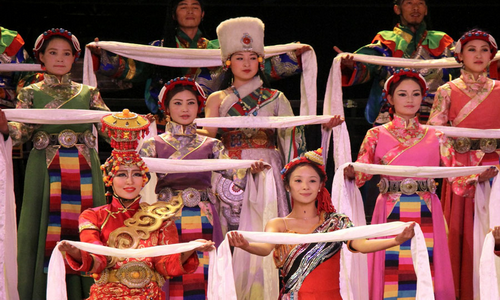
2. Taking Picture: Taking photos of Buddha statues is not allowed in most monasteries of Tibet. Meanwhile, do ask for permission before taking pictures of the monks and locals.
3. Monasteries Visit: Visitors are required to take off shoes in some monasteries, and shorts and sunglasses are not advisable. All the Buddhist sites should be explored by following a clockwise route, including the shrines, stupas, Mani stones and prayer wheels.

